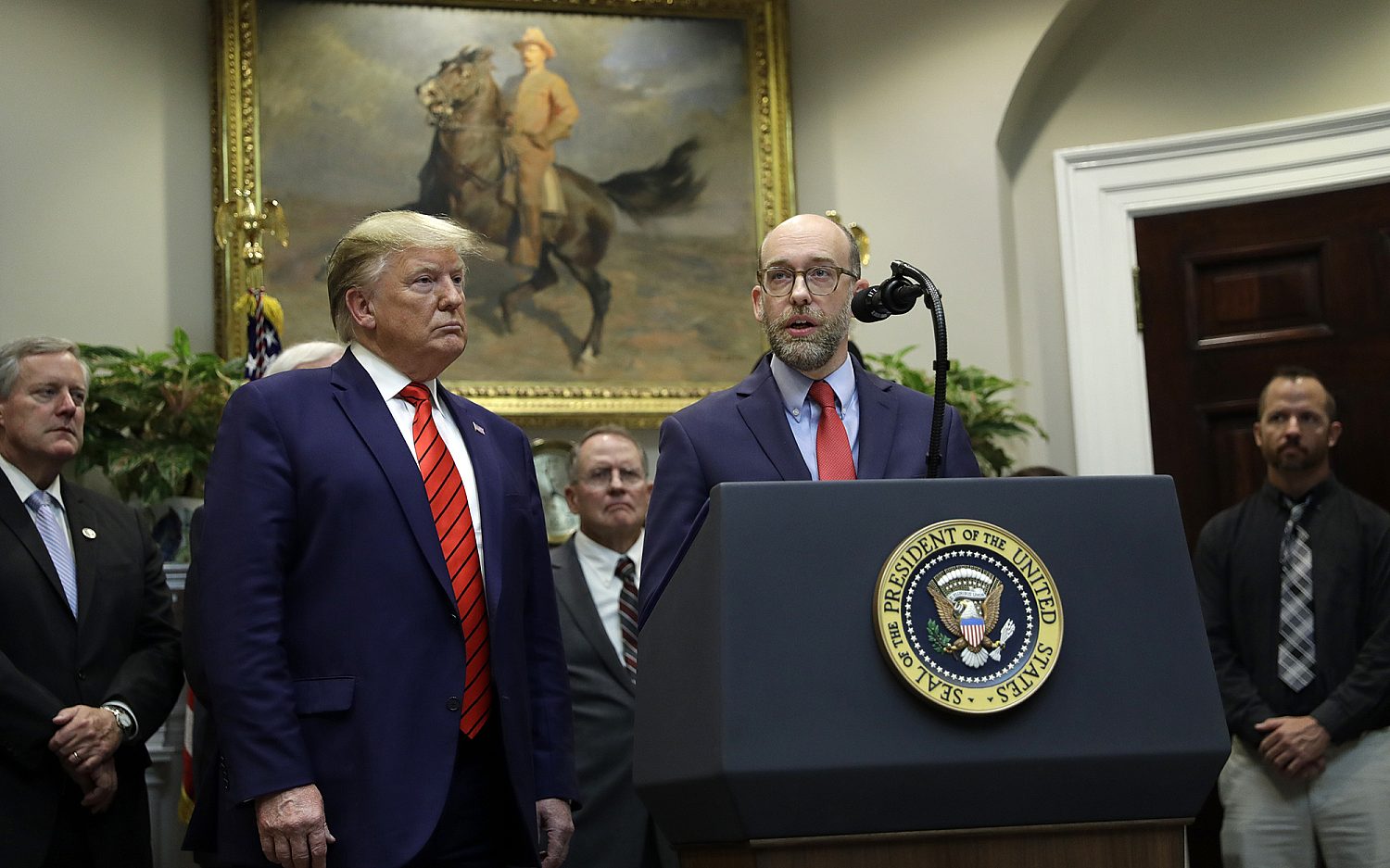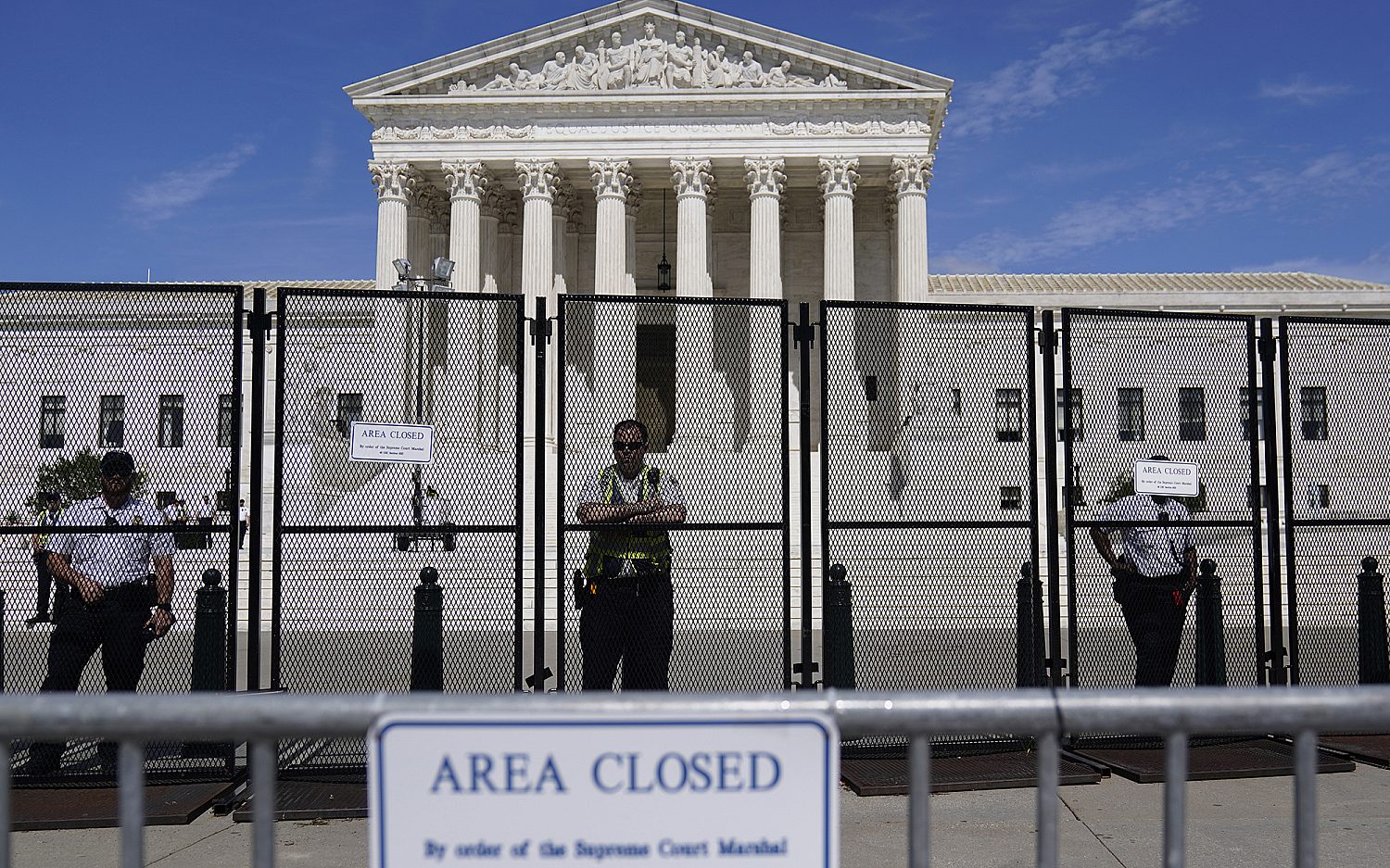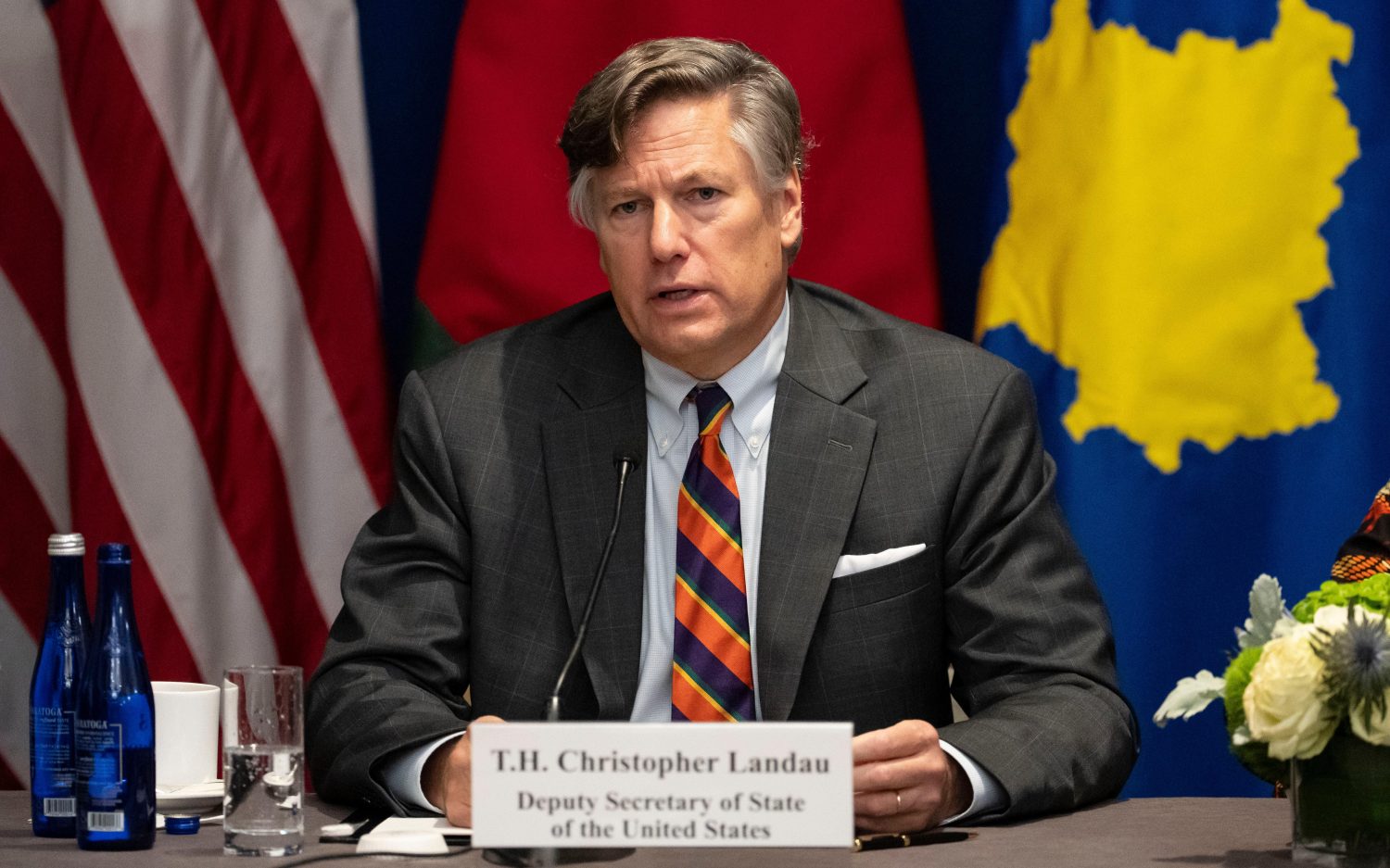Should students be able to pass the U.S. citizenship test?
“How many U.S. Senators are there?” and “Why does the flag have 13 stripes?” Immigrants must answer questions like these to become U.S. citizens, and an effort is underway in some states to make students answer the same questions to become high-school graduates.
To pass the civics section of the naturalization test, immigrants must correctly answer six out of 10 questions, drawn from a list of 100 on the U.S. Citizenship and Immigration Services website.
Citizenship applicants have a pass rate of 91 percent, according to October data from the U.S. Citizenship and Immigration Services. But during a 2012 survey by Xavier University’s Center for the Study of the American Dream, a third of native-born American adults failed when asked 10 random questions from the list. The Annenberg Public Policy Center of the University of Pennsylvania released a survey in September that revealed 36 percent of participants knew all three branches of the U.S. government, but 35 percent “could not name a single one.”
The Civics Education Initiative hopes to change statistics like these. The initiative is an affiliate of the Joe Foss Institute, an Arizona-based organization dedicated to “freedom, patriotism, integrity, service, and character” and named after a late WWII veteran who received the Congressional Medal of Honor.
Formal efforts to make the test part of a high-schooler’s studies are underway in eight states— Arizona, Louisiana, Missouri, North Dakota, South Dakota, South Carolina, Oklahoma, and Utah—according to Sam Stone, political director for the Civics Education Initiative. Stone told me some state legislatures will consider a bill on the issue when they reconvene in January, and the initiative’s goal is to get legislation in place in all 50 states by Sept. 17, 2017—the 230th anniversary of the Constitution’s signing.
The initiative’s backers point to its bi-partisan support. Former U.S. Sens. Dennis DeConcini, D-Ariz., and Jon Kyl, R-Ariz., are among co-chairs of the Arizona effort. “We can’t think of a better way to celebrate the anniversary of our Constitution than to ensure that every future high-school graduate knows its significance,” they wrote in an opinion piece for The Arizona Republic.
In South Carolina, three former governors, including former U.S. Secretary of Education Dick Riley, back the initiative. “This is not a partisan issue,” Riley said in a statement. “It is an American issue.”
Another 2012 Xavier Center study suggests the majority of Americans agree with the Civics Education Initiative. The online survey of more than 1,000 U.S. adults asked, “Do you think that high school students should have to pass the naturalization test as a requirement for graduation?” Sixty percent said “yes.”
On the national level, former U.S. Supreme Court Justice Sandra Day O’Connor, former New York City Mayor Rudy Giuliani, and Pulitzer Prize-winning reporter Carl Bernstein sit on the initiative’s board of directors.
At a time of rising pushback over high-stakes standardized testing in education, Stone said the initiative does not want the civics test to become another fill-in-the-bubble, make-it-or-break-it test. States, schools, and teachers should be flexible in how they implement the test, and students should be able to take it as many times as needed to pass, Stone said.
In South Carolina, passing the test might not be a graduation requirement but could earn students extra credit toward their final grade point average, according to local news outlet Greenville Online.
Questions on the test range from American government (Q: “What is the supreme law of the land?” A: “the Constitution”) to American history (Q: “Who was president during World War I?” A: “Woodrow Wilson”) to integrated questions covering geography, symbols, and holidays (Q: “Name one of the two longest rivers in the United States.” A: “Missouri” or “Mississippi”).
According to Stone, the goal of implementing the test is to prepare students for taking responsibility for their country. “You can’t change the society you live in if you don’t know what the rules are,” he said.
The Associated Press contributed to this report.
An actual newsletter worth subscribing to instead of just a collection of links. —Adam
Sign up to receive The Sift email newsletter each weekday morning for the latest headlines from WORLD’s breaking news team.




Please wait while we load the latest comments...
Comments
Please register, subscribe, or log in to comment on this article.